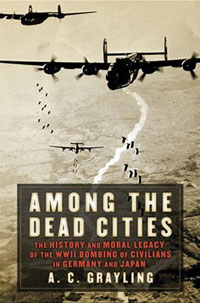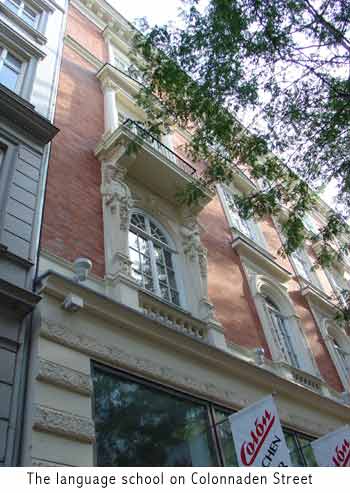
Angeles and I are getting to know Hamburg very well. We are really enjoying our time here. The city has so much to offer and we are learning a little about the local history. For instance, in the Middle Ages, Hamburg was a walled city, surrounded by water. Although the walls are no longer standing, the legacy of the fortified city is reflected in Hamburg’s place names. Everyday, I take the S-Bahn through Sternschanze, which was once a star-shaped outer fortress on the approach to Medieval Hamburg. Everyday, I get out of the train at Dammtor station, named for an entrance into the old walled city. And everyday, I walk past a park called Planten un Blomen where the park’s lakes are the only sign that a channel of water had encircled the city’s outer defences.
Anyone who visits Hamburg immediately learns that it is a “free and Hanseatic city.” The Hansa League was a medieval union of cities that traded among themselves and provided mutual protection to each other. Member cities were run by councils of merchants, rather than by the church or a monarchy. Through trade, Hamburg became a prosperous city.

The Speicher Stadt (literally “storage city”) reflects Hamburg’s long involvement in international trade. This old warehouse quarter now features office space and museums overlooking the district’s bridges and canals.
Though the fortunes of many other Hanseatic cities may have declined in the modern era, Hamburg can boast that it has more millionaires than any other city in Europe. Along the north bank of the Elbe River large mansions attest to the prosperity that trade has brought to the city.
Not all of Hamburg’s residents have been so fortunate, however. In 1898, cholera swept through the poorer districts, due to the inadequate sewage system of the time. During the Second World War, Allied bombers concentrated their attacks on the districts where workers and their families lived. These were the people employed in the munitions factories. The newer architecture found here reflects the area’s destruction during the last world war.
Sixties’ pop music fans would know that Hamburg was also the place where the Beatles got their start. They regularly performed in a club in the Repeerbahn (the city’s historic “red-light district”) before becoming international stars.

The district where we are living, Altona, was incorporated into Hamburg in 1937. It has had a long history of Socialism. It was here that Hamburg experienced its Bloody Sunday, when Communists and Nazis violently clashed in the streets. Hamburg had not been a Nazi stronghold, which is the reason why the historian Christopher Browning bases his work, Ordinary Men (reprinted in 1993), on members of Hamburg’s auxiliary police force.
Today, Altona is home to the ethnically diverse area of Ottensen where one can find Turkish shops, Indian restaurants, and so-called counter-cultural types. Altona also includes affluent neighbourhoods like Gross Flottbek, where large houses are set back from tree-lined streets. Here you can also see quaint thatched roofed cottages that appear as if they were taken straight out of a painting. A little further south, one discovers Othmarschen, an idyllic European neighbourhood that features a collection of shops, restaurants, and boutiques.

In a short time, we have become very comfortable in Hamburg. Although it is a city of almost two million people, it is a very safe city. With its parks, the Elbe River, Lake Alster, its fine old buildings, and numerous museums, it is also a very beautiful city. Before long, we got to know some wonderful people who live in our building. Angeles meets many friendly and warm people in Hamburg’s various archives. The city is home to us. We know that we will be sad to leave Hamburg and the new friends that we have made here.
Reference
Browning, C. (1993). Ordinary men: Reserve police battalion 101 and the final solution in Poland. Reprint edition. Harper Perennial.


